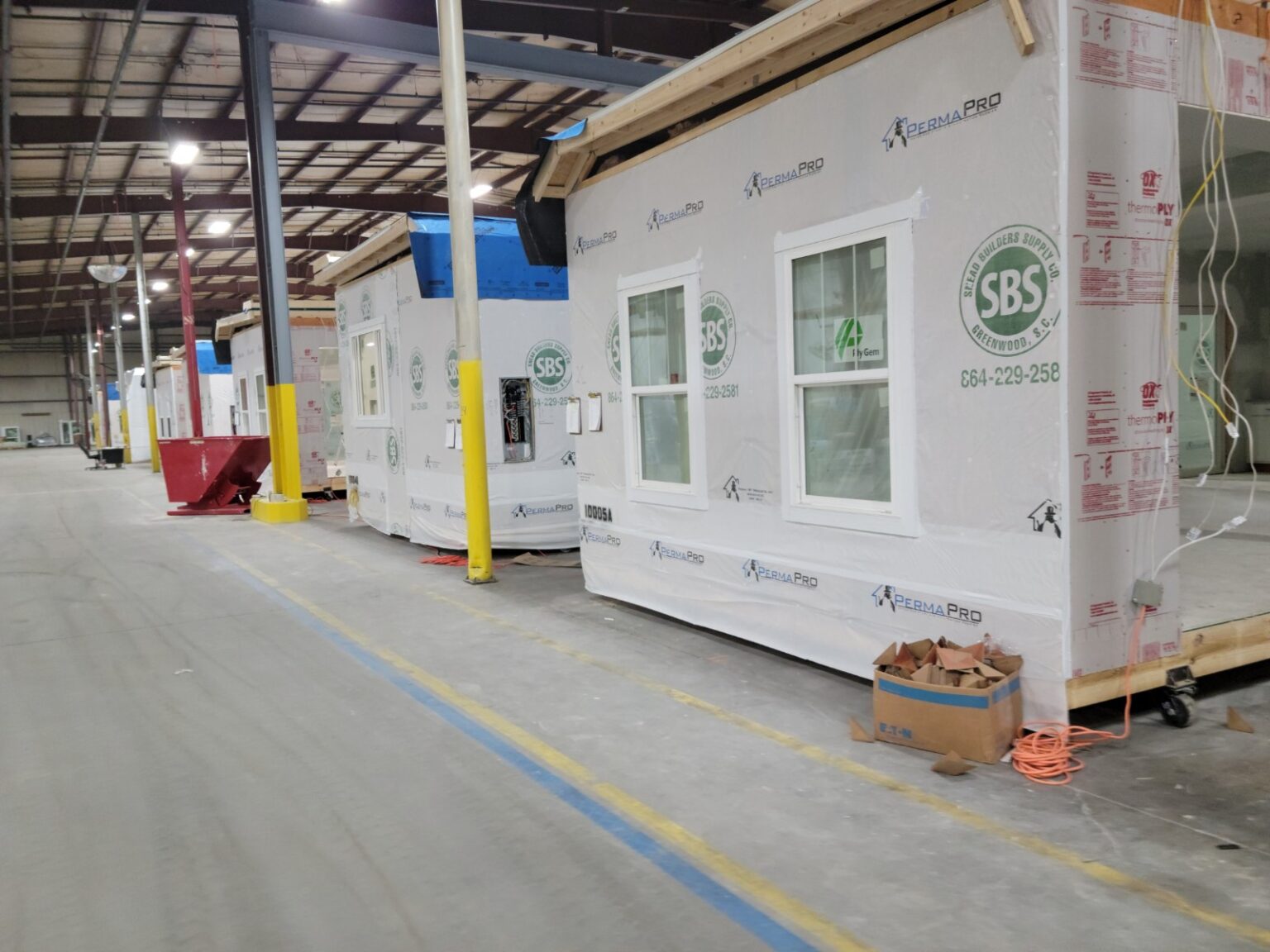I recently took a drive toward Washington DC from my home in Western Maryland, a distance of 60 miles, and what I saw actually sadden me. All the top builders in the US were working on adding communities of townhouses, standardized single-family homes, and duplexes.
Some of these developments have hundreds of new housing units all under construction at the same time. The worst part was seeing the quality of the homes, especially the three-story townhouses built in groups of up to 20 connected to each other, with the only difference between them being the front facade. Signs along the road read “Homes starting at $450,000” for homes that were just $250,000 only 18 months ago. The rising price of new homes is driven by many factors, including inflation, material and labor shortages, and of course, demand.

The biggest cost in new home construction is imposed by faceless bureaucrats in government departments perceived as being concerned with procedural correctness at the expense of people’s needs who have contempt for freedom of choice wielding the power to decide what’s best for others.
These overzealous bureaucrats are exacerbating the housing affordability crisis and severely limiting consumer choice. Homeowners should be able to choose between electric and gas heating and the types of appliances and lighting that best meet their needs.
A recent study by the National Association of Home Builders found that, on average, government regulations account for nearly 25% of the price of building a single-family home and more than 30% of the cost of a typical multifamily development. The Biden administration has often cited the need to address housing affordability concerns, but lofty rhetoric will not suffice. The administration needs to take concrete action to ease regulatory burdens. This will put families in homes and create jobs.

The California Code of Regulations — the compilation of the state’s administrative rules — contains more than 21 million words. If reading it was a 40-hour-a-week job, it would take more than six months to get through it, and understanding all that legalese is another matter entirely.
Included in the code are more than 395,000 restrictive terms such as “shall,” “must,” and “required,” a good gauge of how many actual requirements exist. This is by far the most regulation of any state in the country.

I acknowledge climate change and think we must all do our part to help, but why do the rules and regulations governing how new homes meet over-stringent energy codes continue to be ramped up even more? I wonder how many of the regulators and energy czars regulating new home construction live in homes 20 years old or older? I would bet it’s the vast majority.
My home would have the regulators shaking their heads if they ever came through for an inspection. It was built in 1963. It still has single-pane windows with storm windows and almost nonexistent insulation in the side walls. I did have R48 sprayed in the attic this Winter, though.
Here’s my point. Over the last 2 years, I never had an electric bill over $50 a month or bought more than 200 gallons of oil a year for heating. If I decided to sell, the buyers would hire a home inspector that would write up a report about the windows and insulation being inadequate, with the buyers wanting me to pay tens of thousands of dollars to correct these horrible problems. That’s BS!
As long as bureaucrats continue to wield their power with no oversight, our industry will soon see that 25% share of regulatory cost continuing to climb, forcing more people out of affordable housing.




